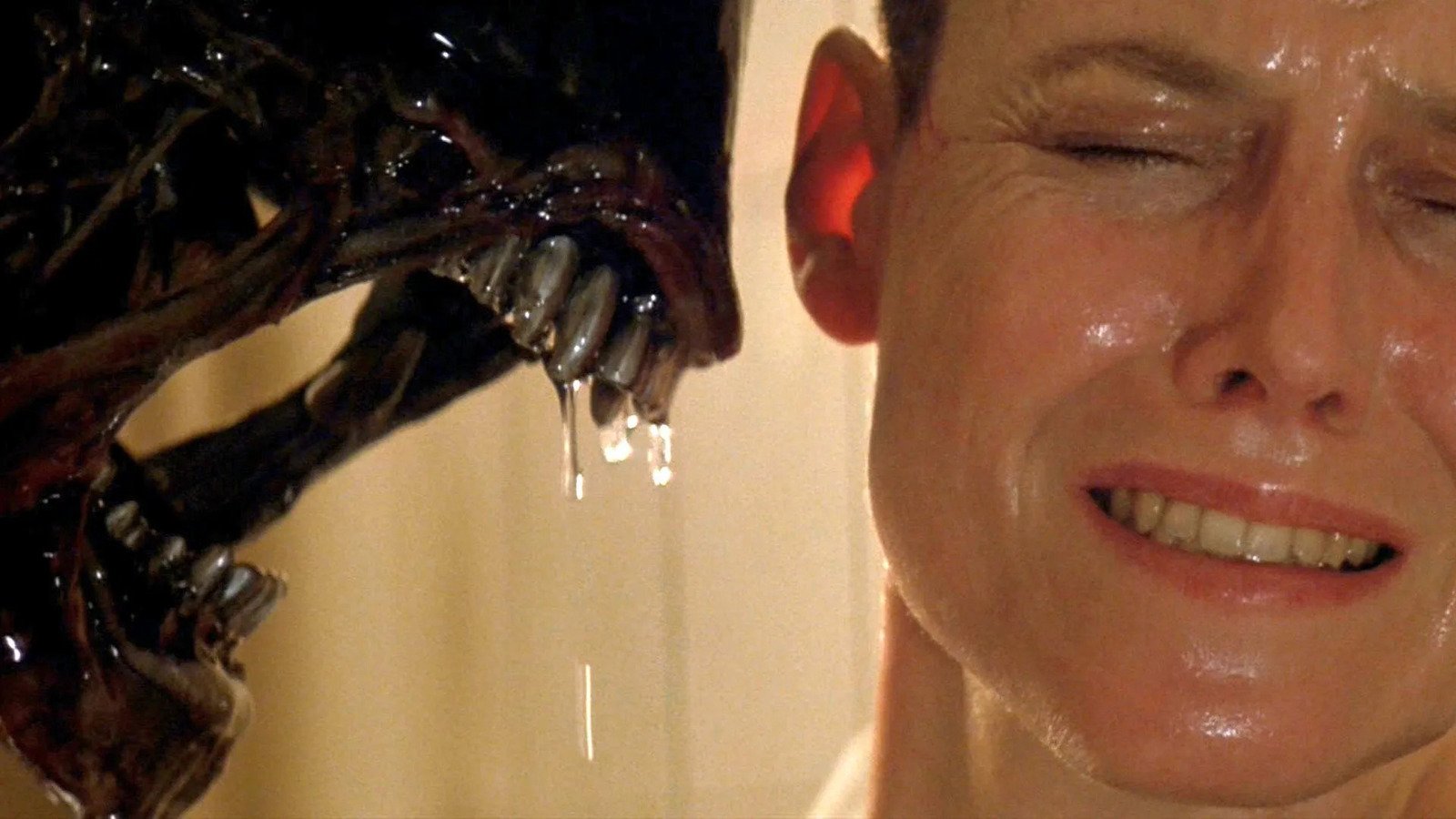How To Write a Topical Screenplay
December 21, 2022
Inserting topical issues into a screenplay can add an extra layer of depth and make your script fresher and more relevant. The best managers, agents and producers have their finger on the pulse, and if they think your script is reflecting our times and has the potential to start a conversation, it’ll increase your chances of getting noticed and having a calling card spec script.
But how do you insert topical issues into a screenplay effectively? And how do you know you’re not overdoing it: making your script heavy-handed or potentially dated? Like many aspects to storytelling, it comes down to restraint. The most successful films that have inserted topical issues into the narrative have usually struck the perfect balance between social commentary and entertainment factor. Moreover, they’ve reflected the zeitgeist — the particular mood of a time period — without confining it to a specific time.
Last week a topical crime thriller Emily the Criminal starring Aubrey Plaza broke into Netflix’s Top 5 Films, showing that it was finding an audience and connecting with them. The film marks the debut of writer-director John Patton Ford and tells the story of Emily Benetto (Plaza): a Millennial with student debt and a criminal record struggling to make a living. In addition to working as an “independent contractor” for a catering service and receiving low pay and no benefits, Emily is going on fruitless job interviews: companies won’t employ her due to her criminal record, or she’s offered a non-paying intern position, which won’t help her pay her bills or pay off her debt. Out of desperation, Emily joins a credit card fraud ring and becomes deeper and deeper immersed into the criminal enterprise.
The above topical content aside, Emily the Criminal still works as a crime thriller and delivers on many of the genre’s time-tested tropes: a protagonist getting initiated into a criminal underworld; tense scenes of them trying to get away with the crime; and a third act involving an escalation of stakes and violence.
But what makes Emily the Criminal feel fresh and what’s surely resonating with audiences is its reflection of the financial and employment woes of the era. Last year a big news story was The Great Resignation in which numerous employees were resigning from their jobs due to wage stagnation, lack of benefits, hostile work environments, limit chances for career advancement, and a rising cost of living. Emily’s growing dissatisfaction and frustration over her limited employment options coupled with mounting debt and bills, is a highly relatable scenario these days and, as a result, audiences can place themselves into Emily’s shoes. So it’s not just that Emily the Criminal is topical; most importantly, it’s relatable.
This current wave of financial and employment angst was foreshadowed back in 2008 when the cable series Breaking Bad become a massive hit and pop culture milestone. It likewise featured a protagonist who out of financial desperation turns to a life of crime and becomes an anti-hero. Intertwined with drug cartel intrigue and action, Breaking Bad also had scenes of Walter White and his family discussing escalating medical bills due to his cancer treatment. The show struck a nerve with audiences and led to a wave of similarly successful series involving regular people turning to crime in order to get ahead financially (e.g. Queen of the South; Ozark). With a looming recession and an increasing gap between work wages and living expenses, it’s inevitable that more series and films involving “regular people turning to crime” will become popular. These shows have also struck the aforementioned balance between social commentary and entertainment factor. They’re not dramas; they’re crime dramas; and they offer many thrills.
Even super hero films have been increasingly injecting more social commentary into their narratives and likewise have been tapping into the zeitgeist. It’s telling that 2019’s Joker made considerably more money at the box-office than 2022’s The Batman. We’re living in Joker times more than Batman times. Regardless of their political persuasion, many people have lost faith in institutions and its reflected in their taste. From Joker to Emily the Criminal, audiences have been connecting with characters that have been working outside the system. We’ve returned to the time of the anti-hero and outlaw.
The late 1960s and 1970s was a similar time period that showed a shift towards anti-heroes and outlaws due to a similar disenchantment with institutions. Films like Bonnie & Clyde,The Wild Bunch, The Getaway, The Godfather, Death Wish, Dog Day Afternoon, One Flew Over the Cuckoo’s Nest, Network, Taxi Driver, Fun with Dick and Jane, and many others from the era, focused on characters who were working outside the perimeters of the law or butting against the system in some capacity. These films all captured the essence and spirit of their time, and numerous moviegoers connected with them. But once again, all the above films balanced their social commentary with entrainment factor. They also didn’t date themselves too heavily. They captured the zeitgeist more than a specific date or event. The same can be said of contemporary films that have also reflected their times.
For example, 2017’s Get Out is a film that definitely reflects the time period it was made in. Amid the Black Lives Matter movement, the film became a conversation piece with its insightful examination of racial tension in America. Yet once again, writer-director Jordan Peele balanced his commentary with plenty of humor, mystery and thrills. The film also had a likable protagonist in a relatable situation (whether you’re black or white, meeting your partner’s family for the first time is a stressful situation). And most importably, Get Out didn’t make any direct reference to the BLM movement; it captured the moment without being dependent on it. Because of all these factors, Get Out was a critical and commercial hit and it still plays well today. In contrast, a film like the 2019 remake of Black Christmas was far more explicit with its connection to the #MeToo movement and didn’t fare as well. People like to figure things out for themselves; if your commentary is too pointed or heavy-handed, you’ll likely put them off.
So if you’re writing a screenplay and thinking of inserting topical issues, ask yourself the following questions: Are the genre elements still prominent and constant throughout the script? Is the protagonist likable and/or relatable? Is the social commentary interwoven into the script in an organic and entertaining fashion? Does the social commentary reflect our times without dating it?
Written by: Edwin Cannistraci
Edwin Cannistraci is a professional screenwriter. His comedy specs PIERRE PIERRE and O’GUNN both sold with more than one A-list actor and director attached. In addition, he’s successfully pitched feature scripts, TV pilots and has landed various assignment jobs for Universal, Warner Bros, Paramount and Disney.



